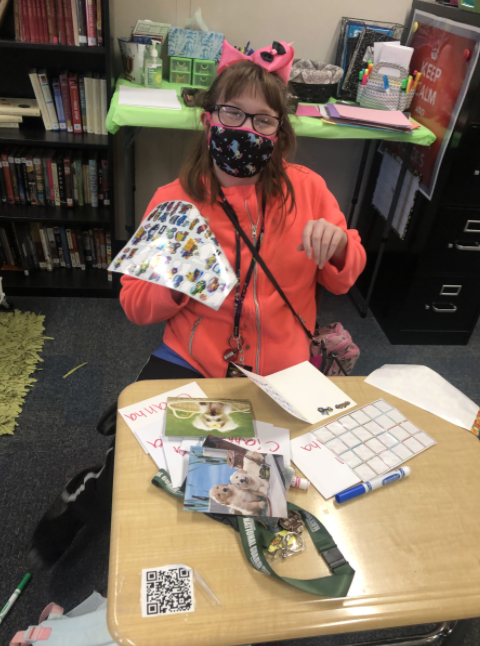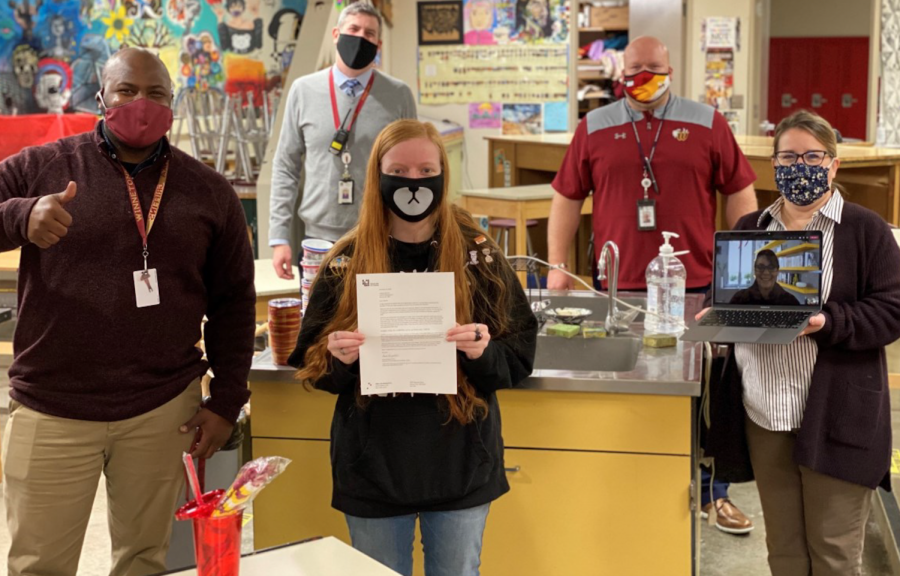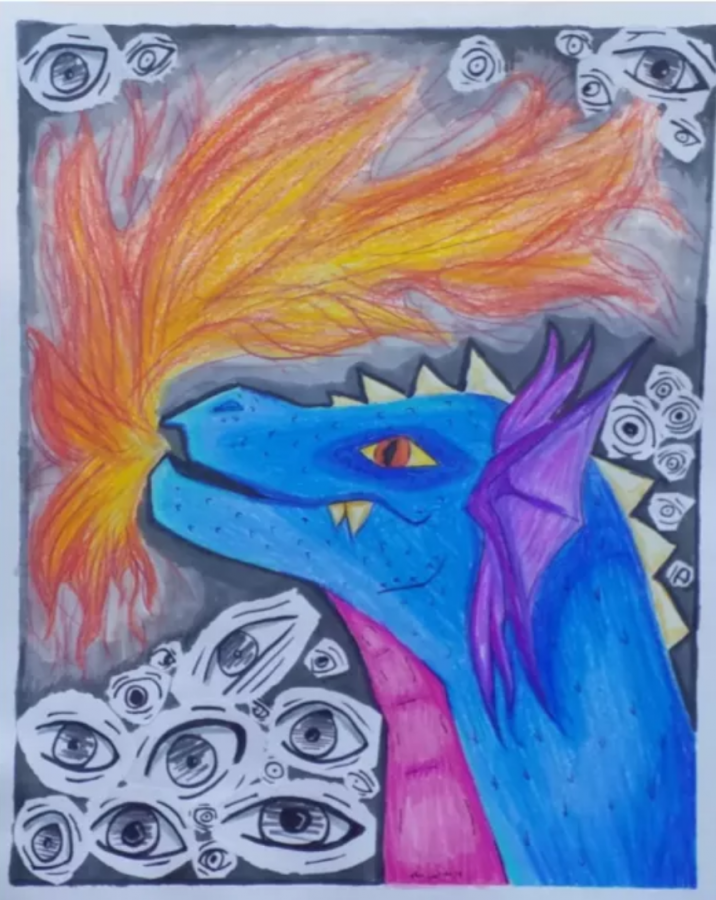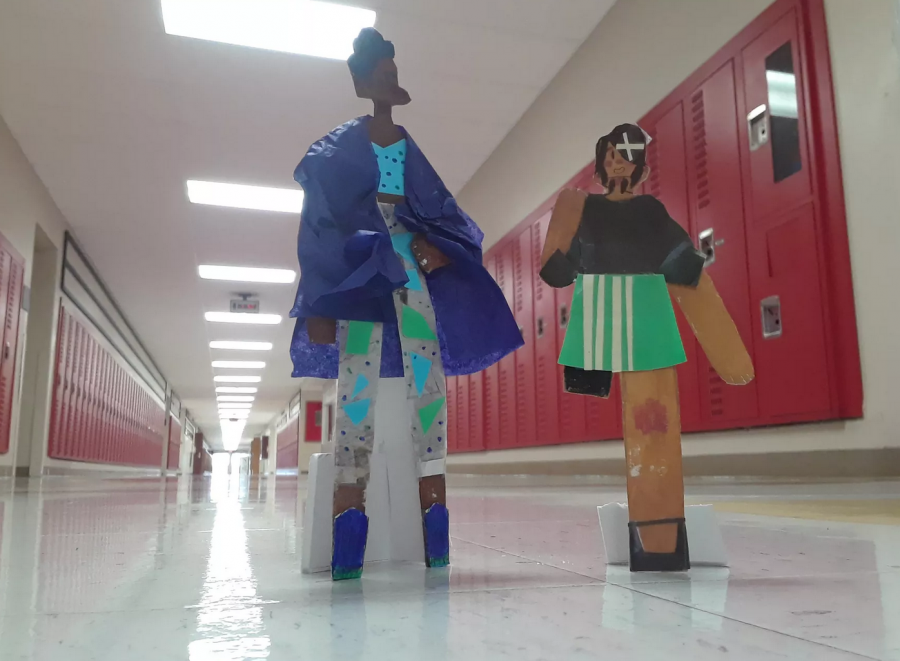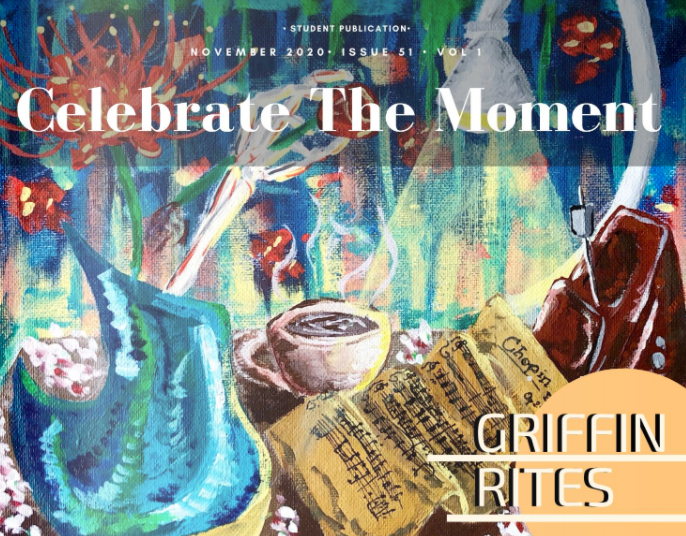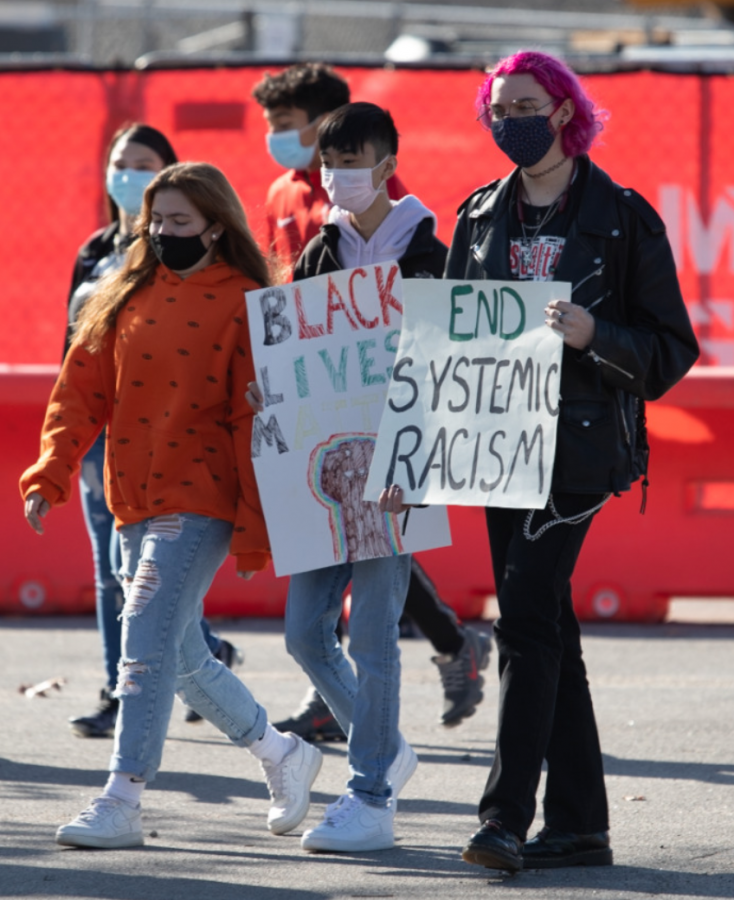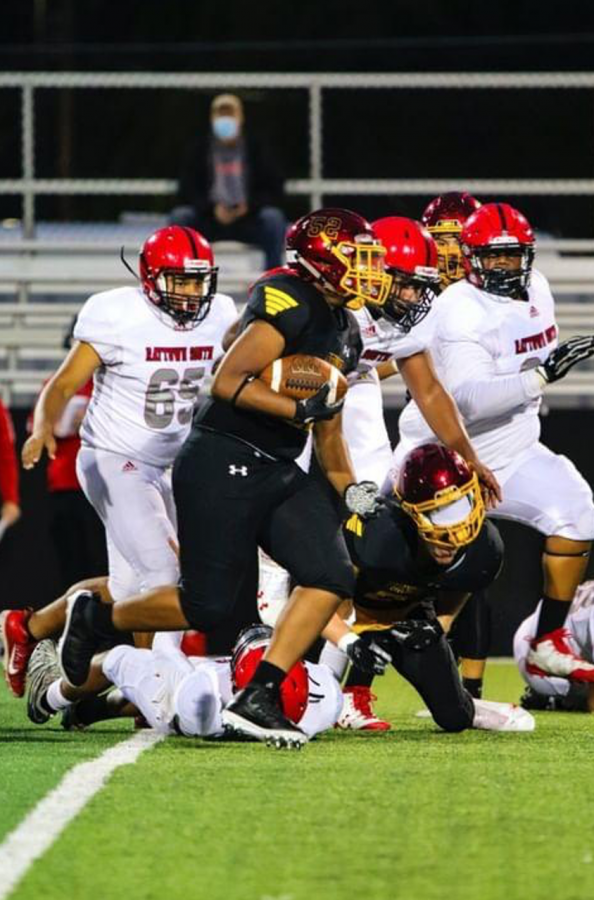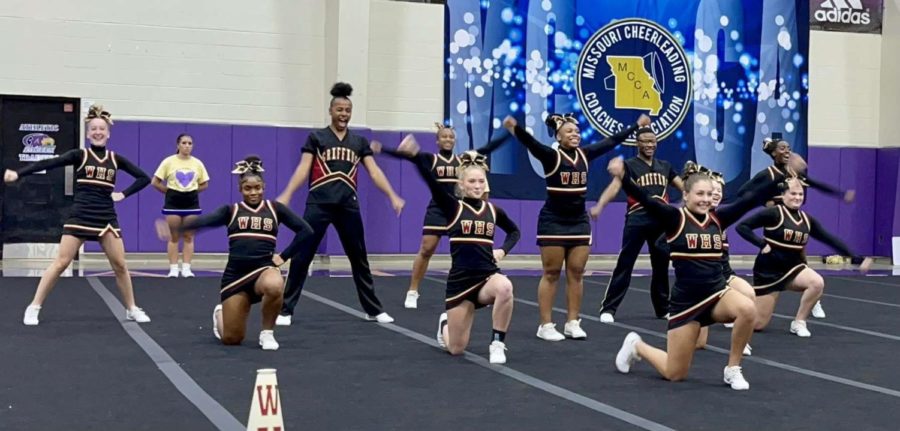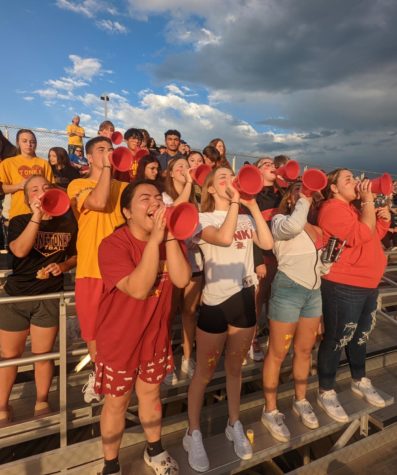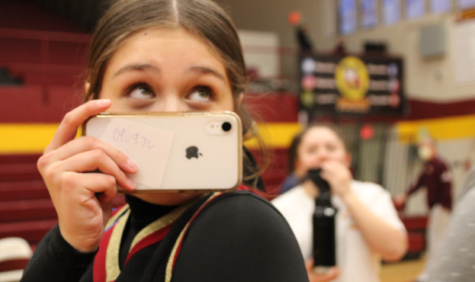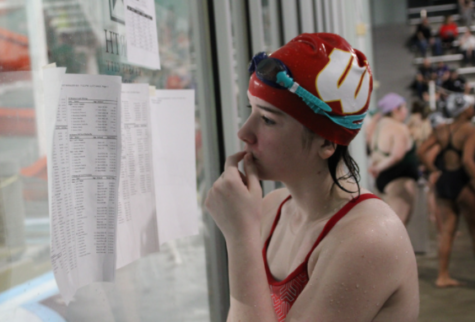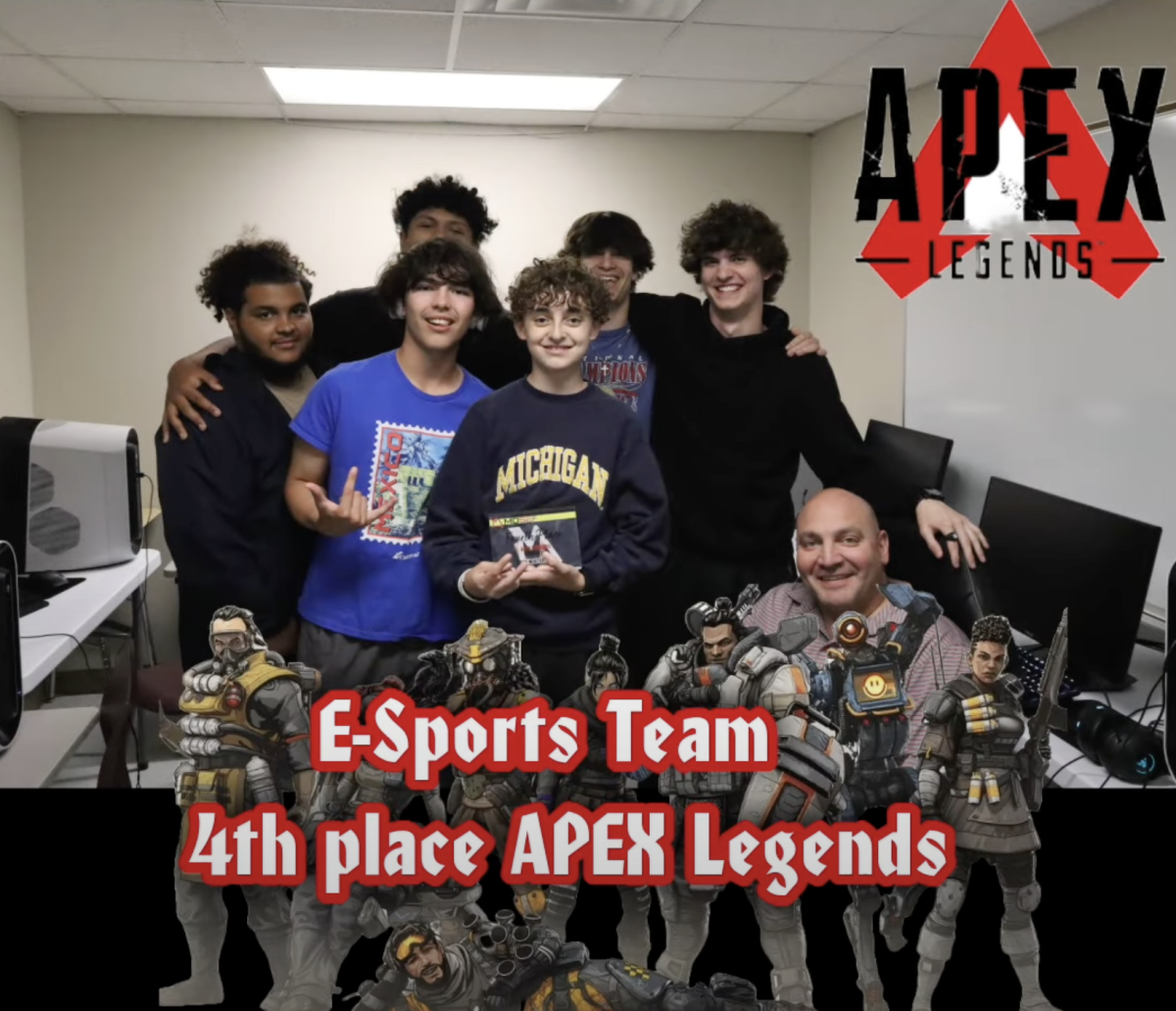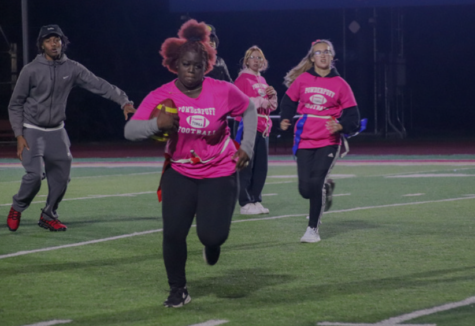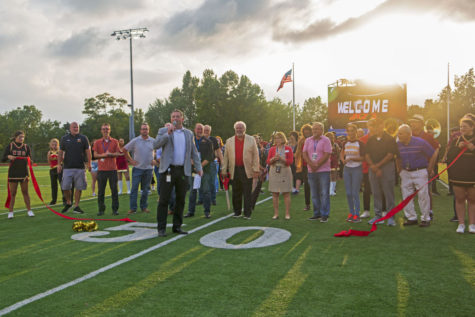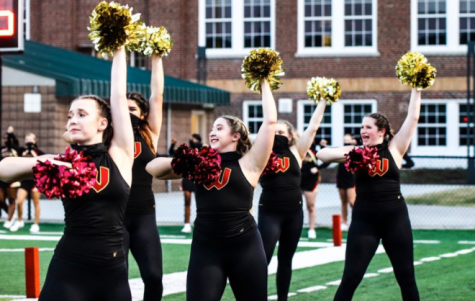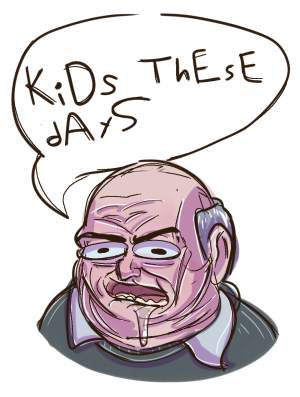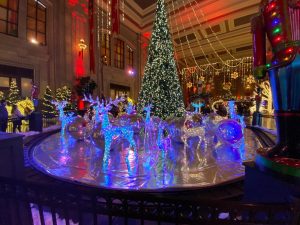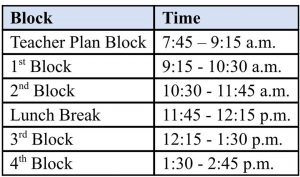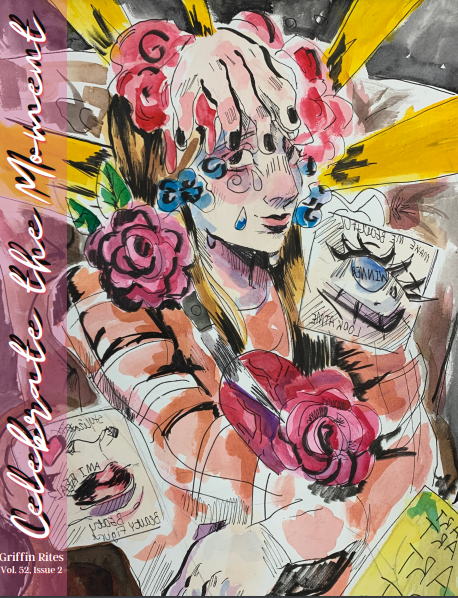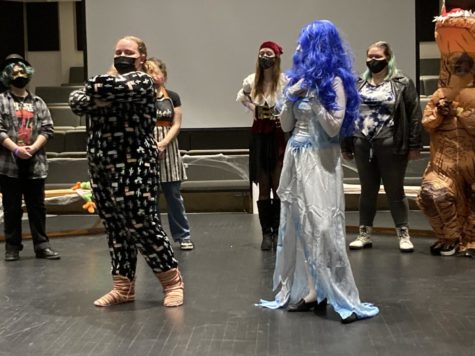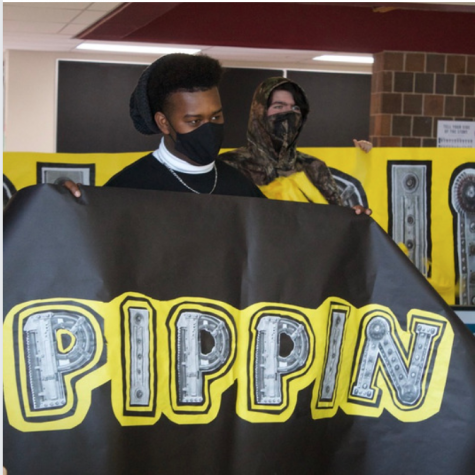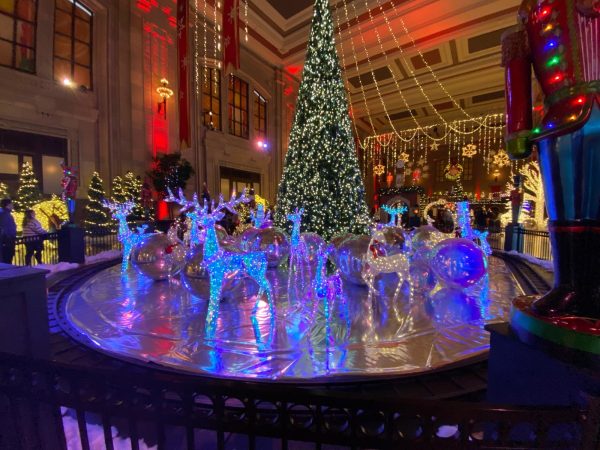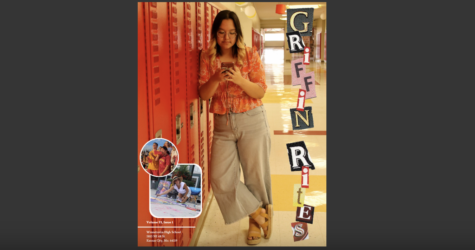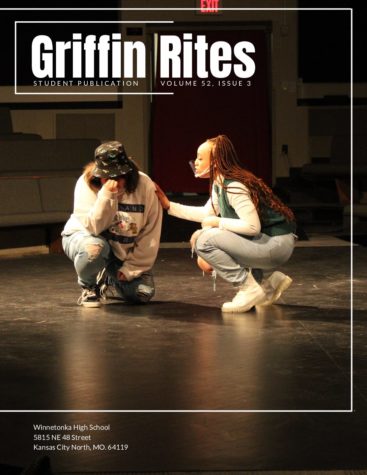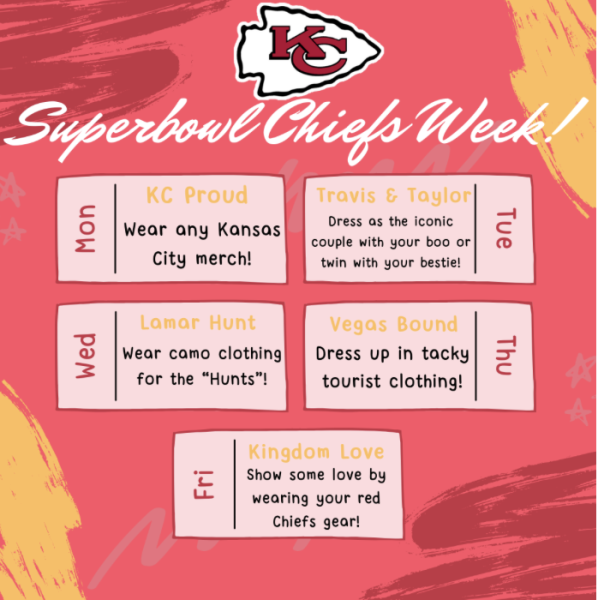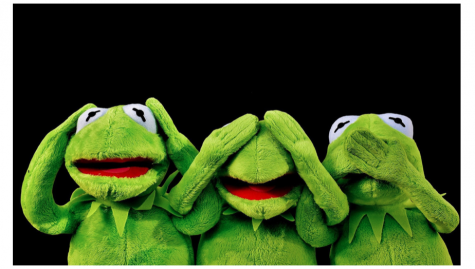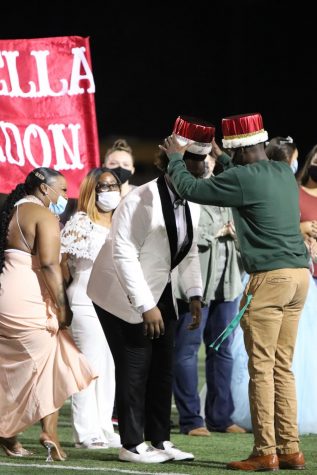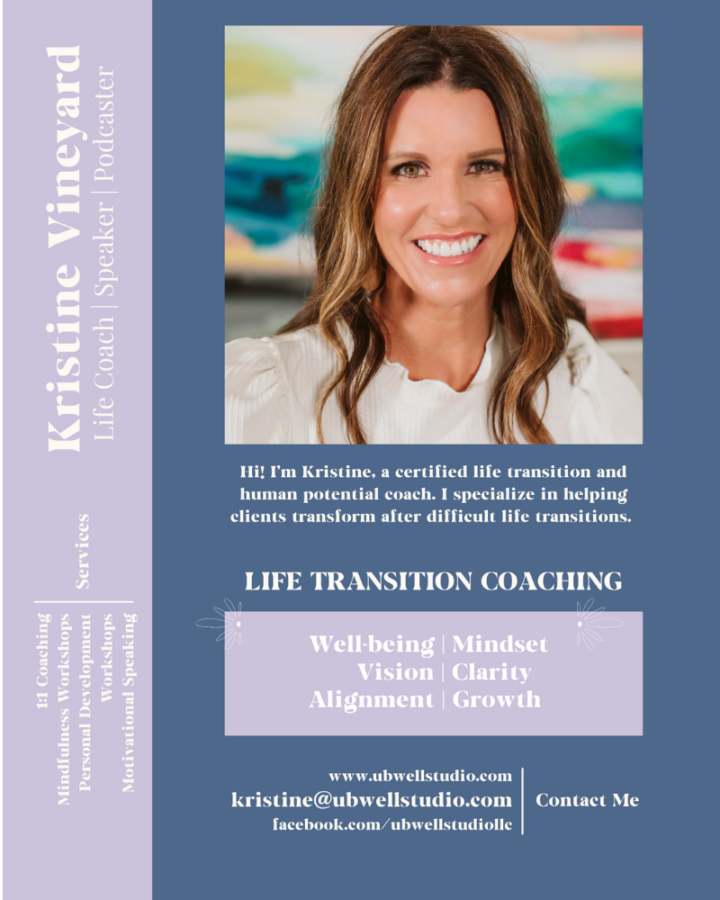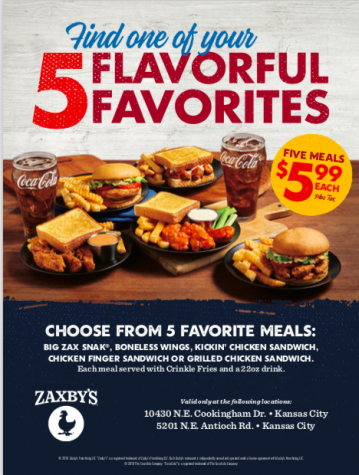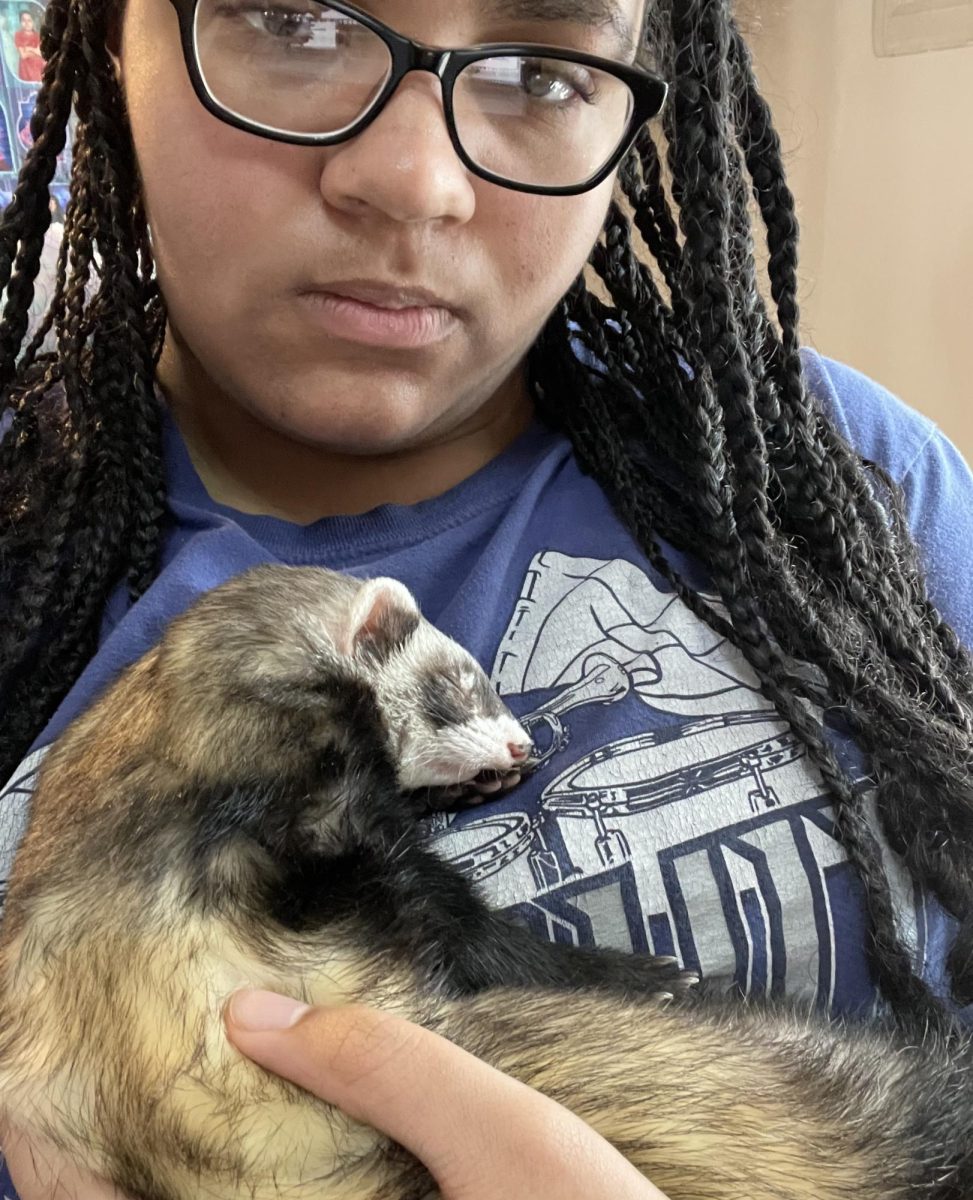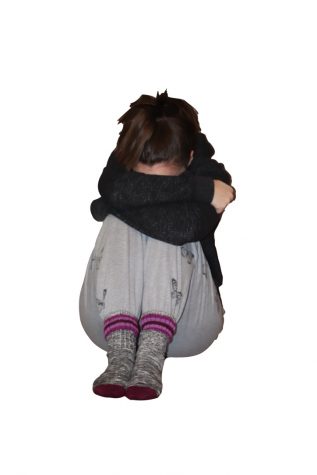“Clique” in to fit in
Understanding the negative, positive influence of social circles
March 4, 2020
Most people want to find a group of friends that they “click” with, whether they spend their Saturdays in detention or only wear pink on Wednesdays. These friend-circles, formed by the need to feel accepted, are known as “cliques.”
“As humans, we have an innate desire to belong and be accepted,” 9th-grade counselor DeVaughn Hurt said. “That desire leads people to find and sort of seek out other people that they view as similar to them. Then through time, those cliques are formed.”
According to “Introduction to Sociology 2e,” published in 2015 by OpenStax, all groups, including cliques, can be defined as primary, secondary or both: primary groups serve for emotional connection rather than functional ones, whereas secondary groups are built on common task-oriented goals.
Stereotypical cliques, such as “the popular crowd” can often be categorized as primary groups, however, cliques in high schools, which are more club-based, can be categorized as more so secondary, with primary groups within.
Because of this difference, reasons for exclusion may not be as simple as based on the way someone looks or their social status. Leadership advisor and social studies teacher Sarah Green adds how those in cliques might react to “outsiders.”
“We are fearful of somebody who is outside of our group,” Green said, “and so once I’m part of a clique, I might give that vibe that ‘you’re not like me’ or ‘you are different’ or ‘I don’t know you and so I don’t want to hang out.’”
Cliques are presented in all types of media, from movies and television shows to musicals and books, and often, they are portrayed as heavily selective friend circles. However, Green said she believes society gives cliques a generally negative connotation.
“If you think about TV shows, movies that portray high school cliques, they seem to be a little more exclusionary than they really are,” Green said, “We still have lots of cliques and lots of groups but it’s not necessarily to exclude others or the bullying aspect of it [cliques].”
Likewise, Hurt said he believes that the way these platforms portray cliques can be accurate, “but there can also be some misconceptions.”
“Sometimes people may assume people are excluding others when they really aren’t,” he said. “You just kind of have to get to know the people before you make that judgment.”
Regardless of how cliques are depicted, the influence they have on individuals should be interpreted “case-by-case,” Hurt said.
“It could provide a sense of belonging [and] community. The impact could be positive, but they just have to be careful that it doesn’t come at some emotional cost to them. If I feel like I belong, but I’m kind of having to pretend to be somebody I’m really not, then that isn’t true belonging,” he added.
OpenStax stated that the feeling of belonging in a group can be positive for some but feeling excluded from or being in competition with one can be negative.
“I think a clique can give you some confidence, again because we tend to gravitate to people who are like us, so then I might become more confident in those areas,” Green said.
“I really have always felt like Winnetonka was more inclusive,” Green added?, “People that I see in the hall, I would see them with a totally different group at a basketball game or a totally different group at lunch. We [Winnetonka] still have our cliques and our exclusivity here, but I feel like we are more welcoming and broadening to talk to different people, than I have experienced elsewhere.”




